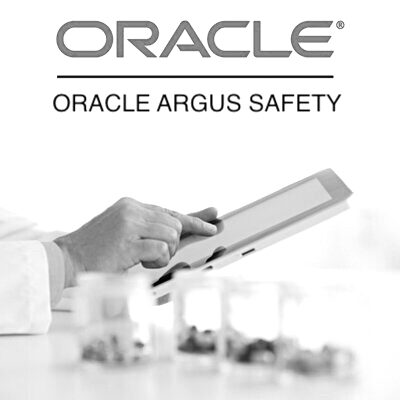History of Pharmacovigilance (PV)
History of Pharmacovigilance (PV). Pharmacovigilance is the science and activities related to the detection, assessment, understanding, and prevention of adverse effects or any other drug-related problems. The history of pharmacovigilance (PV) can be traced back to the 1960s, when the concept of adverse drug reactions (ADRs) was first introduced.
In the 1970s, the World Health Organization (WHO) established the International Drug Monitoring program, which was the first international system for pharmacovigilance. In the following years, various regulatory agencies and organizations, such as the U.S. Food and Drug Administration (FDA), the European Medicines Agency (EMA), and the Japanese Pharmaceuticals and Medical Devices Agency (PMDA), were established to oversee the safety of medicines and monitor ADRs.
With the advancement of technology and the increasing use of electronic systems, pharmacovigilance has become more efficient and effective. Today, pharmacovigilance plays a critical role in ensuring the safety of medicines and improving public health by continuously monitoring the safety of drugs and taking appropriate actions to minimize the risk of harm to patients.
You may be interested in the programs below:
-
 eLearning + software
eLearning + softwareOracle Argus Safety Essentials
$599.00 -
 eLearning + software
eLearning + softwareOracle Argus Safety Essentials + Console
$799.00 -
 Live Online
Live OnlineOracle Argus Safety – Live Online
$999.00 -
 Live Online
Live OnlineOracle Argus Safety + Console – Live Online
$999.00 -
 eLearning + software
eLearning + softwareOracle Empirica Signal
$599.00 -
 Live Online
Live OnlineOracle Empirica Signal – Live Online
$999.00 -
 eLearning + software
eLearning + softwareDiploma in Pharmacovigilance
$799.00 -
 eLearning + software
eLearning + softwareArgus Safety – Business Configuration and Administration
$599.00
